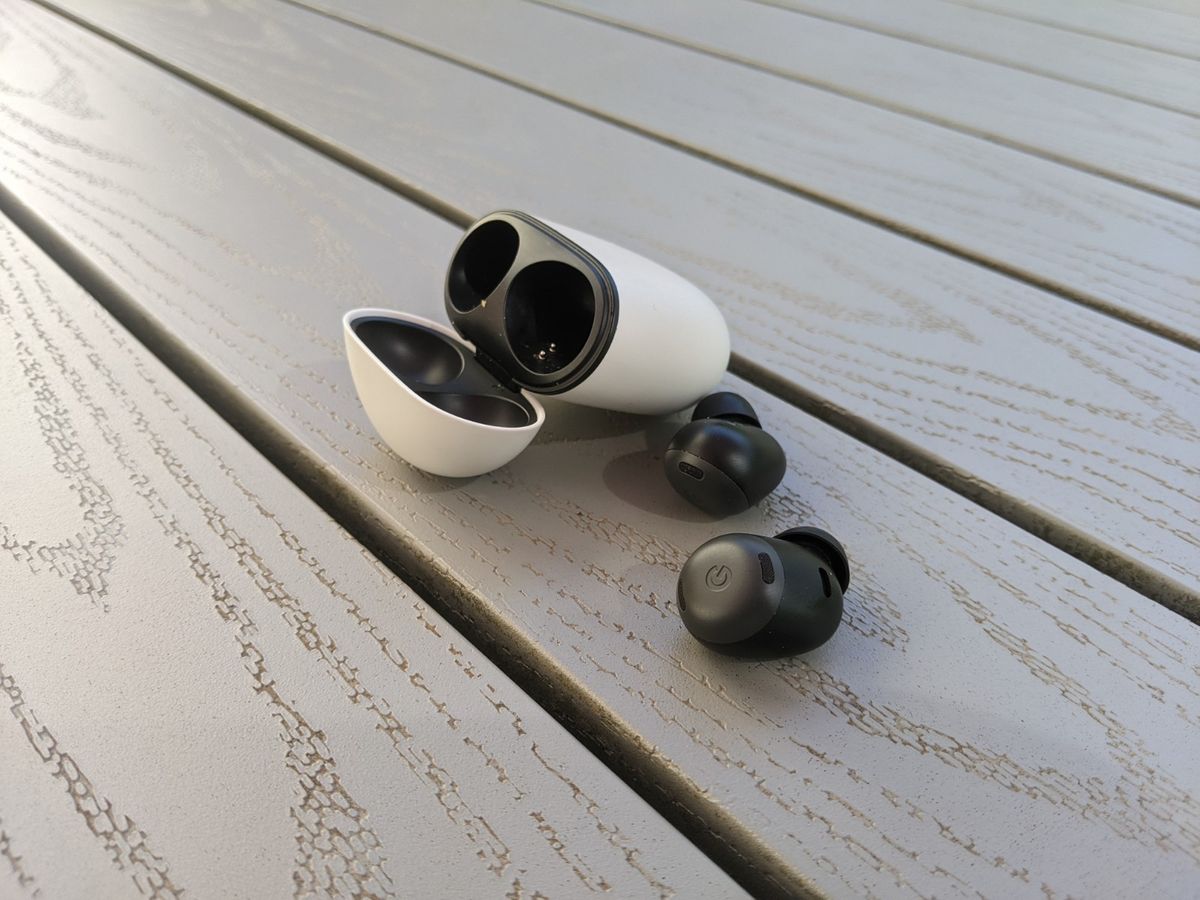Google is working on a project that could result in adding a heart rate measurement function to any pair of active noise-cancelling headphones.
In a study published by Google Research, scientists claim that audio plethysmography (APG) allows audio devices equipped with active noise reduction (ANC) to “monitor a user’s physiological signals, such as heart rate and heart rate variability, without adding additional sensors or compromising battery life”.
No need for a specific sensor
The researchers add that there is no need for any additional hardware components, as on some Airpods for example, to be able to measure an individual’s heart rate with earphones or ANC headphones, so that a “simple software upgrade” would be sufficient to provide compatible equipment with this functionality.
Currently, rare earphone models offer support for heart rate measurement, but the references concerned use a dedicated sensor for this.
Audio-plethysmography circumvents these material constraints by “sending a low intensity ultrasonic probe signal” thanks to the speakers of the audio device with ANC. This signal “triggers echoes that are received via the built-in feedback microphones”specifies the research. “We observe that the tiny cutaneous movement of the ear canal and the vibrations of the heartbeat modulate these ultrasound echoes”it is indicated, which allows ultimately to accurately measure the wearer’s heart rate.
Reliable in all circumstances
The experiments carried out suggest that audio-plethysmography works when listening to music and with poor quality earphone tips. Initially, the APG signal could sometimes be heavily disrupted by body movements, and an additional development period was required to make the technology more reliable in this situation.
“APG provides consistently accurate measurements of heart rate (median error of 3.21% across participants in all activity scenarios) and heart rate variability (median error of 2.70% across the interval between beats) », concludes the study. And unlike measuring heart rate using light waves, audio-plethysmography offers equal performance depending on the skin tone of the users. APG also maintains reliability in the face of suboptimal sealing conditions and for all ear canal sizes.
It is not clear whether we can expect this technology to be deployed on our devices soon.
What are the best wireless headphones for your ears? An essential nomadic product and now inseparable from the smartphone, the so-called true wireless earphone continues to improve. Noise reduction, sound, autonomy, additional functions: this once very limited market is almost as mature as the nomadic headset. The products are extremely numerous, and intended for all uses, which is why it is important to know how to make the right choice.
Read more
Sources: Google Research, 9To5Google

2